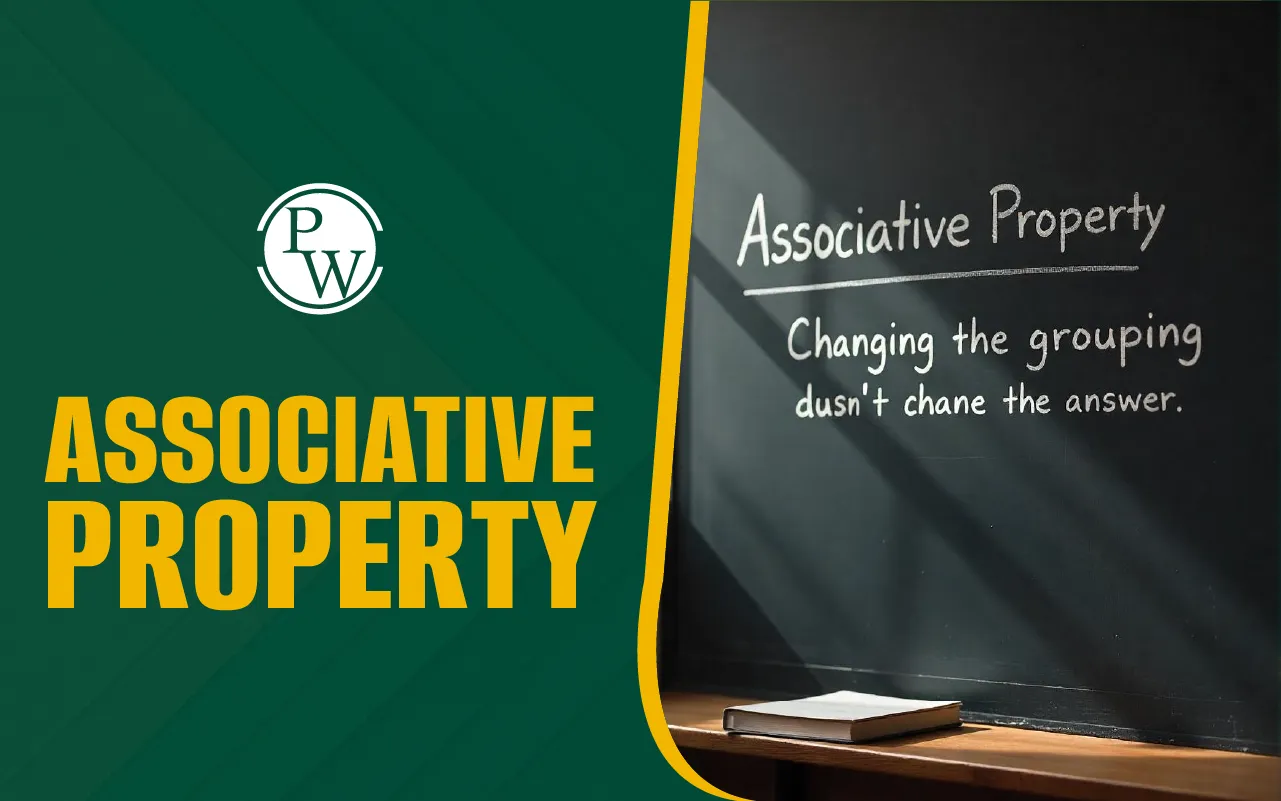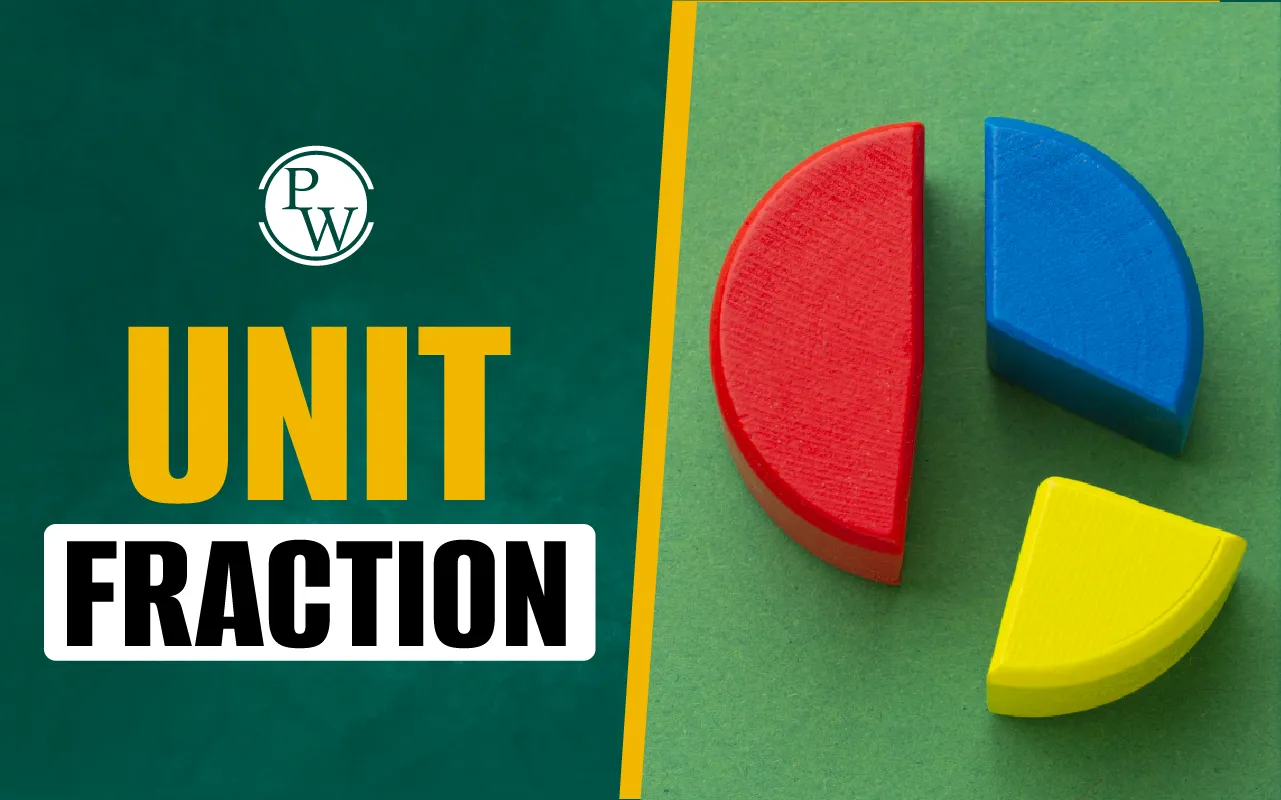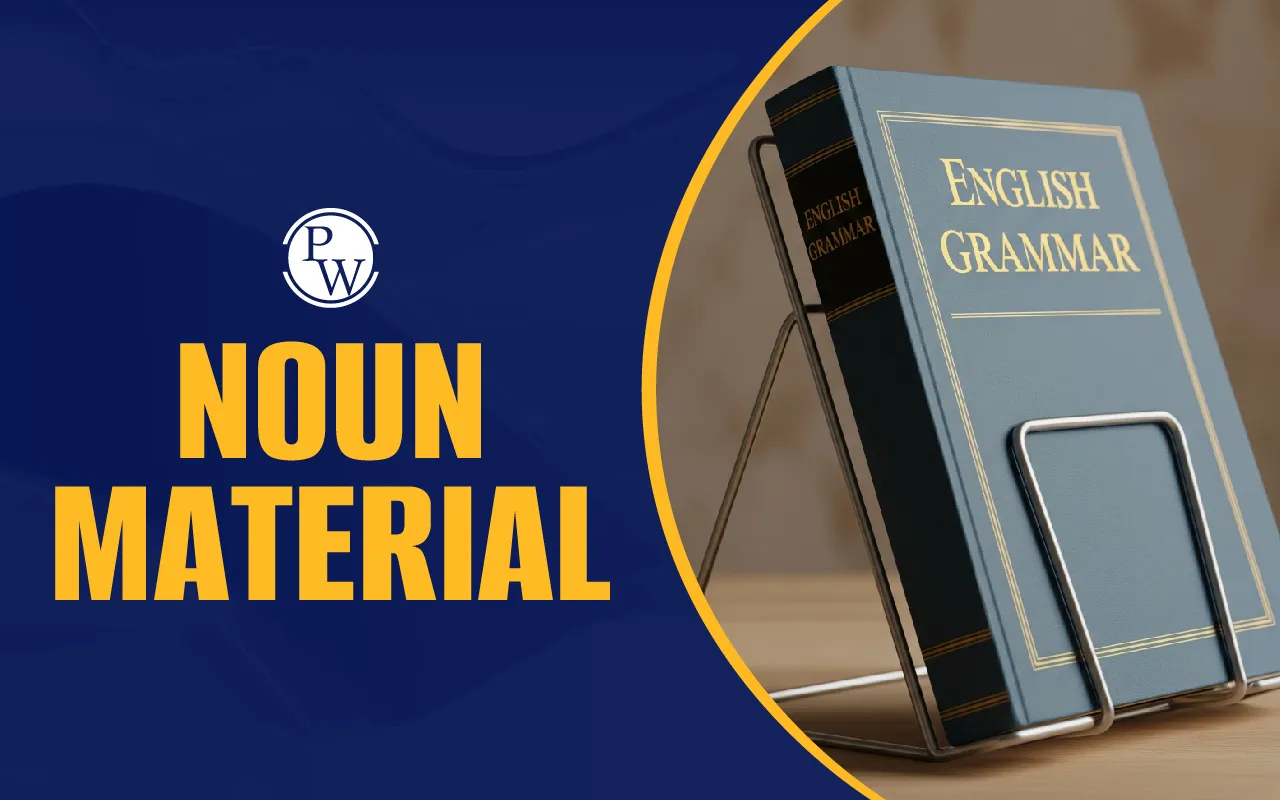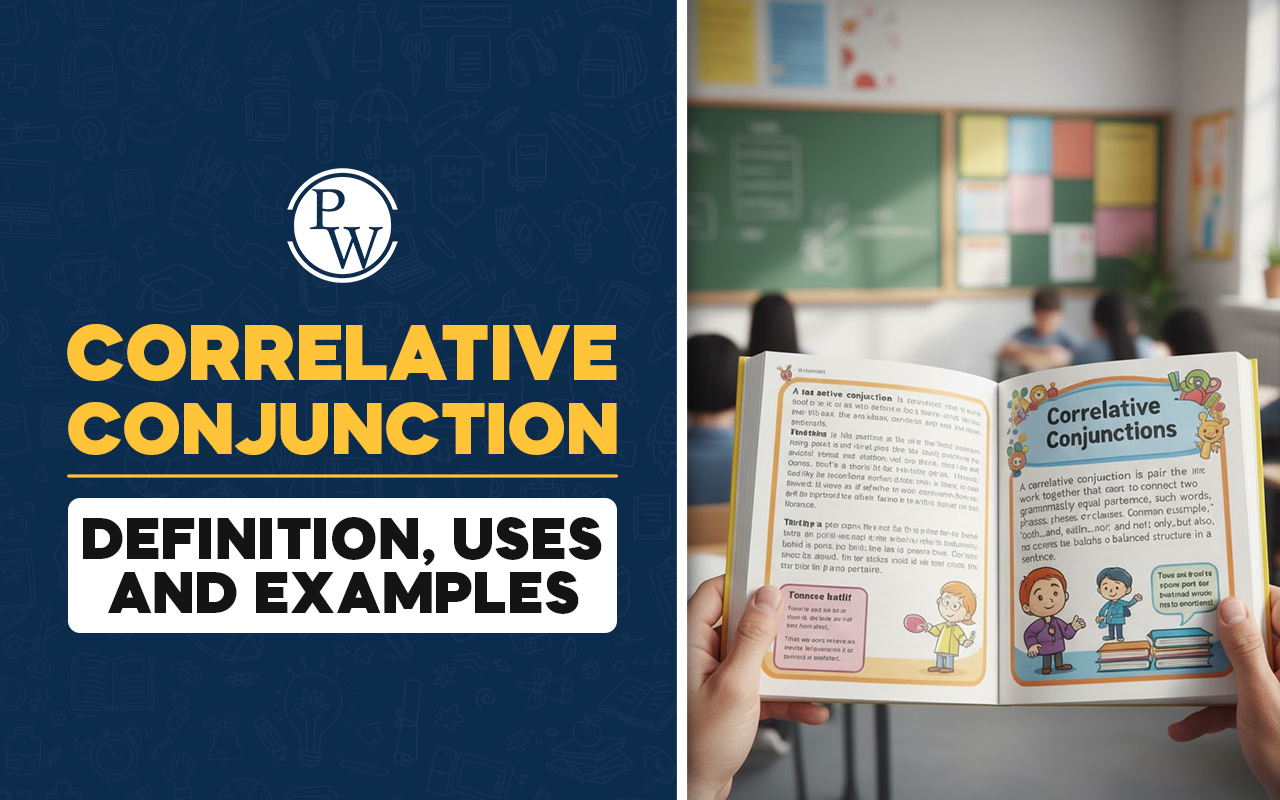

What is Associative Property?: The Associative Property is a rule in mathematics that tells us we can change the way numbers are grouped while adding or multiplying them, and the answer is still going to be the same. But it is important to remember that the associative law in math only works for addition and multiplication.
For example, if you are adding 2 + 3 + 4, you can first add 2 and 3, then add 4 — or first add 3 and 4, then add 2. In both ways, you’ll get the same answer, which is 9. This happens because of the associative property. To understand it better, keep reading to know the definition and example of associative property.
Read More: Natural Numbers
What is the Associative Property?
When this chapter is introduced for the first time, the first question that usually comes to mind is, "What is Associative Property?" It is one of the basic rules in mathematics that helps in solving problems easily. This rule explains that while adding or multiplying numbers, the way we group them using brackets (parentheses) does not change the final answer.
Still feeling confused? That’s okay! The definition of associative property becomes easier to understand when we go through a few simple examples, just like the ones given here.
1. Example: Let’s add three numbers: 3, 5, and 7.
(3 + 5) + 7 = 8 + 7 = 15
3 + (5 + 7) = 3 + 12 = 15
See, no matter how we group the numbers, the sum remains the same. It is because this follows the associative property of addition.
2. Example: Now, multiply these numbers: 2, 4, and 6.
(2 × 4) × 6 = 8 × 6 = 48
2 × (4 × 6) = 2 × 24 = 48
Did you observe that even after changing the grouping of numbers, the product which is 48, stays the same? This shows the associative property of multiplication.
Associative Property of Addition with Examples
The associative property of addition states that while adding three or more numbers, the way the numbers are grouped using brackets or parentheses does not change their final sum or product. In simple words, it means that no matter how we put the brackets, the answer will always be the same. Let’s take an example to understand it clearly:
Suppose you are adding these three numbers: 4, 6, and 5. Now, you can add them in two different ways:
-
First way: (4 + 6) + 5 = 10 + 5 = 15
-
Second way: 4 + (6 + 5) = 4 + 11 = 15
As you can see, the answer is 15 in both ways, even though the grouping of numbers or the placement of brackets is different. This is called the associative property of addition. We can also write it using letters like this: (A + B) + C = A + (B + C)
Read More: Angles
Associative Property of Multiplication with Examples
When multiplying a set of three or more numbers, the associative property of multiplication tells us that the way we group the numbers doesn’t change the final result (sum or product). This means, no matter how we arrange or group the numbers, the product will always remain the same. Let’s take an example to understand this better:
You are multiplying 5, 3, and 2. So you can group them in two ways:
-
First, group (5 × 3) and then multiply by 2: (5 × 3) × 2 = 15 × 2 = 30
-
Second, group (3 × 2) and then multiply by 5: 5 × (3 × 2) = 5 × 6 = 30
In both cases, you can see that the final product is 30, even though you grouped the numbers differently. This Associative Property of Multiplication can also be written as: (A × B) × C = A × (B × C).
Is There an Associative Property of Subtraction?
As mentioned above, the associative property is a math rule that you can apply to some mathematical operations, such as addition and multiplication. But, when it comes to subtraction, the associative property does not work in the same way. This means that the answer to the subtraction of three or more numbers can change depending on how the numbers are grouped.
To understand how the Associative Property of Subtraction doesn't work, take a look at an example here: Suppose you are solving these two calculations: (8 - 4) - 2 and 8 - (4 - 2).
-
In the first way, group the numbers as (8 - 4) - 2:
-
First, subtract 8 - 4 (applying the BODMAS rule), which gives 4.
-
Now, subtract 4 - 2, which gives the final answer of 2.
-
In the second way, now group the numbers differently: 8 - (4 - 2):
-
First, subtract 4 - 2 (applying the BODMAS rule), which gives 2.
-
Now, subtract 8 - 2, which gives the final result of 6.
As you can see, the answers for both ways are different: 2 from the first case and 6 from the second case. This shows that the associative property is not followed in subtraction, because the way we group the numbers is going to change the final answer.
Read More: Subtraction Sums
Associative Property in Rational Numbers
Rational numbers follow the associative property when we add or multiply them. This means that the grouping of the numbers differently while adding or multiplying is not going to affect the final answer. Suppose that we have three rational numbers: a/b, c/d, and e/f, let’s add and subtract them using associative law.
For Addition: If we add the second and third numbers first and then add the first number, or we add the first and second numbers first and then add the third number, the sum will be the same.
So, (a/b) + [(c/d) + (e/f)] = [(a/b) + (c/d)] + (e/f)
For Multiplication: The same rule applies. Even if we group the numbers differently while multiplying, the final product does not change.
So, (a/b) × [(c/d) × (e/f)] = [(a/b) × (c/d)] × (e/f)
This example makes it clear that rational numbers follow the associative property for both addition and multiplication.
Examples for Associative Property of Rational Numbers:
1. For addition: Add the rational numbers: 1/2, 1/3, and 1/6.
First, add the second and third numbers:
1/2 + (1/3 + 1/6)
= 1/2 + 1/2
= 1
Now, add the first and second numbers first:
(1/2 + 1/3) + 1/6
= 5/6 + 1/6
= 1
2. For Multiplication: Multiply the rational numbers: 2/3, 3/4, and 1/2.
First, multiply the second and third numbers:
2/3 × (3/4 × 1/2)
= 2/3 × 3/8
= 6/24
= 1/4
Now, multiply the first and second numbers first:
(2/3 × 3/4) × 1/2
= 6/12 × 1/2
= 1/2 × 1/2
= 1/4
Read More: Basic Maths Questions
Solved Examples of Associative Property for Practice
To strengthen your understanding of the Associative Property, here are some of the examples with solutions you can take a look at:
Example 1: Solve 10 + (8 + 6) using the Associative Property of Addition.
Solution: 10 + (8 + 6)
= (10 + 8) + 6
= 18 + 6
= 24
Example 2: Solve 4 × (5 × 3) using the Associative Property of Multiplication.
Solution: 4 × (5 × 3)
= (4 × 5) × 3
= 20 × 3
= 60
Example 3: If (25 × 12) × 4 = 1200, then use the associative property to find the value of (4 × 25) × 12.
Solution: According to the associative property of multiplication:
(25 × 12) × 4 = (4 × 25) × 12
So, (4 × 25) × 12 = 1200
Example 4: Check whether the associative property of addition holds true: 18 + (30 + 12) = (18 + 30) + 12
Solution:
Left-hand side (LHS):
18 + (30 + 12) = 18 + 42 = 60
Right-hand side (RHS):
(18 + 30) + 12 = 48 + 12 = 60
Since LHS = RHS, the associative property is followed.
Example 5: Check if the associative property is applied: 25 + (10 + 5) = (25 + 8) + 7
Solution:
LHS: 25 + (10 + 5) = 25 + 15 = 40
RHS: (25 + 8) + 7 = 33 + 7 = 40
But here, the numbers grouped are not the same, so this is not an example of associative property. Even if the answers match, the grouping should be done on the same numbers.
Example 6: Fill in the missing number using the associative property:
(6 + 9) + 3 = (6 + 3) + ___ = 18
Solution:
(6 + 9) + 3 = 15 + 3 = 18
(6 + 3) + 9 = 9 + 9 = 18
So, the missing number is 9.
Example 7: Fill in the blanks:
15 + 4 + ___ = 4 + 9 + ___
Solution: To balance both sides, we can use 9 and 15. So,
15 + 4 + 9 = 4 + 9 + 15
Example 8: Complete the equation:
3 × ( ___ × 2) = (3 × 5) × ___
Solution: We can place 5 in the first blank and 2 in the second blank:
3 × (5 × 2) = (3 × 5) × 2
Join best kids online class now.













